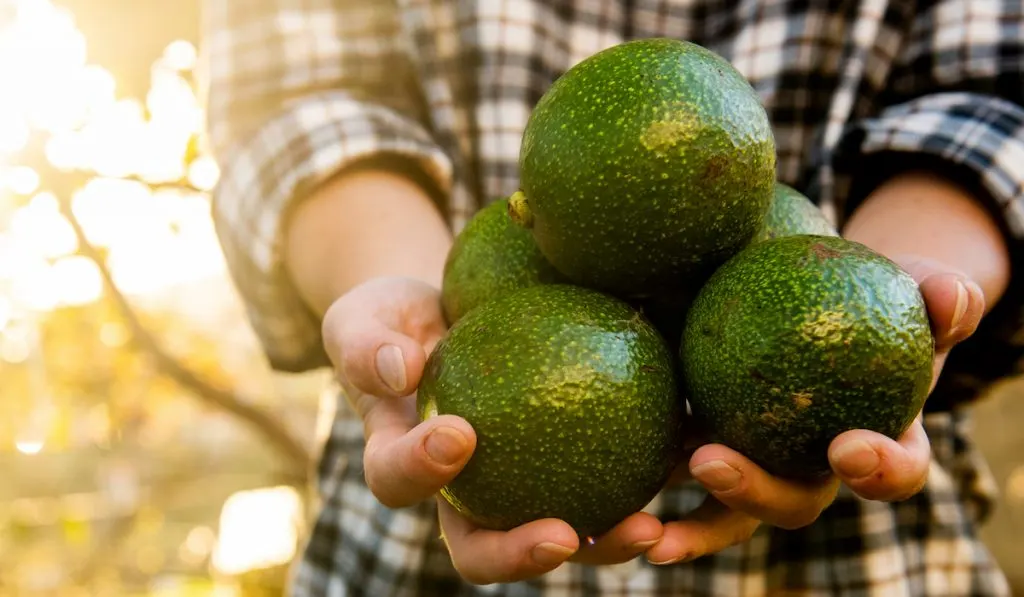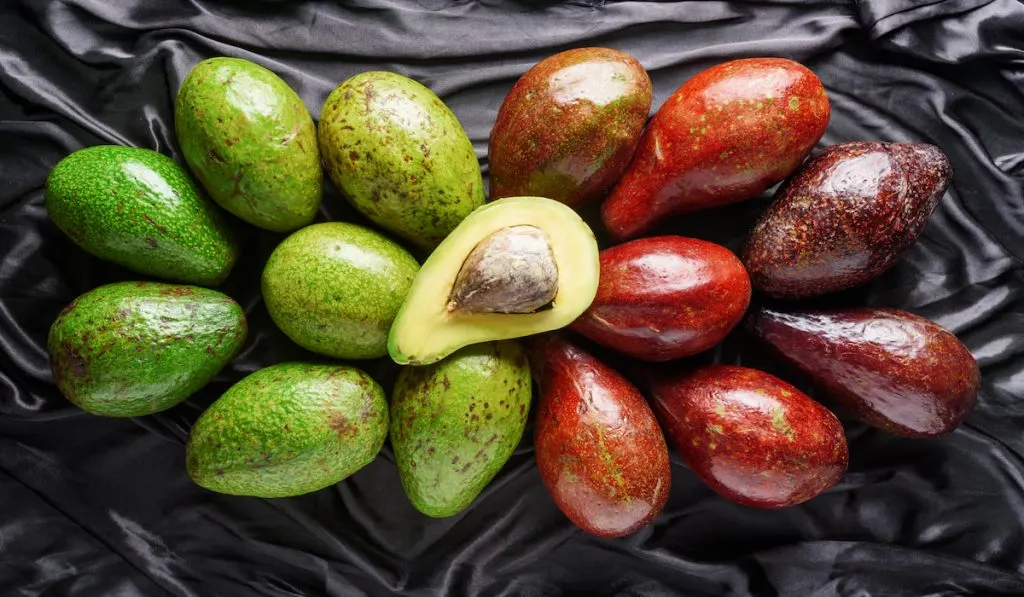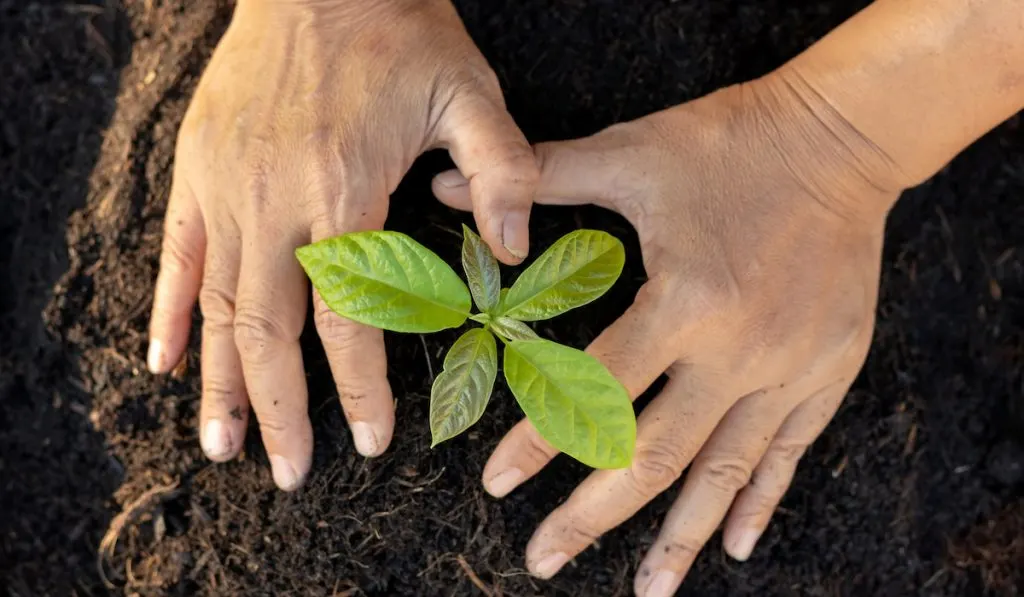The word ‘avocado’ was derived from the Spanish word ‘aguacate’ which down the line was derived from the Aztec word ‘ahuacati’ which means ‘avocado’.

Avocado is a fruit with a single, often round seed nestled in the midst of vitamin rich, nutty flavored flesh with a buttery consistency all wrapped in leathery, sometimes coarse skin. It has also been called an Alligator pear because of the texture of its skin.
Avocados can be pear shaped, egg shaped or spherical. Interestingly, in one language, its name was translated to mean ‘testicles’. Some literature claims that is because it is shaped like a testicle while others state it is so named for its aphrodisiac properties.
The avocado is a special fruit for a myriad of reasons, paramount amongst them is its vitamin-packed flesh which also contains healthy hearty fat.
It is rich in potassium, phytochemicals such as beta carotene, zeaxanthin, lutein, and more. The avocado fruit sits comfortably at the top of the table of commercially significant fruits.
It takes over 10 years to grow planted avocado seeds to trees and produce fruit. On the other hand, when already grafted trees are planted, it takes about four years to produce fruits.
Avocado fruits mature after they are harvested. This takes about one to two weeks and it is advisable to pick the largest fruits first.
Almost 300 varieties of avocado trees exist, with each producing fruit types of varying sizes and qualities. Currently, the record for the largest avocado is a whopping 89.6 ounces, according to the Guinness World Record. That’s 15 times the size of an average avocado; about 8 ounces.
All avocados can be broadly classified under three categories according to their origin; Guatemalan, Mexican or West Indian. According to their type of pollination, they can be classified into two classes; Type A Cultivars or Type B Cultivars.
Type A cultivars carry out their first stage of pollination in the morning with their male flowers opening up first, while Type B cultivars have their female flowers opening up first in the afternoon or evening. Type A avocados are more likely to have thick, firm skin while Type B have more fragile, thinner skin.
Some common Type A avocados include Hass, Pinkerton, Reed, Mexicola, Maluma, Lula, Gwen, Lamb Hass, and others. Type B avocados include Brogdon, Ettinger, Fuerte, Monroe, Sharwil, Sir Prize, Zutano, and others.
The Wurtz variety does not quite fit into either Type A or Type B varieties, rather it encompasses characteristics of both classes. The uniqueness of the Wurtz variety does not end there. They produce the smallest trees and produce fruits sooner than most avocado trees. They are also known as Dwarf avocados (‘Little Cados’).
The most common variety, found in most grocery stores is the Hass variety. This is because of its thick skin which makes it optimal for transportation.
15 avocado varieties from the largest to the smallest

- Monroe (Average Fruit Size: 32 ounces): Type B cultivars that produce fruits much larger than most avocado trees. Their fruits have green glossy and thick skin. Their skin is smooth and easy to peel. The fruit shape is elliptical.
- Choquette (Average Fruit Size: 29 ounces): Their fruits are usually large with silky shiny skin. They have a high water content and then bleed a watery juice when cut. They are Type A cultivars.
- Brogdon (Average Fruit Size: 19 ounces): Described as a cold hardy fruit. This was a tag it garnered when it was reported to have survived the 50’s winter. The fruit is pear shaped with a thin easy to peel skin that turns dark purple when ripe. Possesses bright yellow pulp.
- Pinkerton (Average Fruit Size: 16 ounces): A Type A cultivar that is pear shaped with a long neck and skin that retains its green color even when ripe. The skin has noticeable bumps and is medium thickness. This variety is unique for its small seed.
- Reed (Average Fruit Size: 15 ounces): Reeds are easily distinguished because of their very round shape. They have thick difficult to peel skin that remains green when ripe. Possesses a large seed and this variety is known for its resistance to salt burn.
- Ettinger (Average Fruit Size: 15 ounces): A Type B cultivar that sometimes produces fruits without seeds. Grown mostly in Israel, they are very soft with thin difficult to peel skin that gives way when mild pressure is applied. They look like narrow pears and are easily damaged.
- Sir Prize (Average Fruit Size: 15 ounces): They have an obovate shape and have thin skin which is black when ripe. Their distinguishing characteristic is that they have a ridge along a side which often blends in as it ripens. Sir Prizes are Type B cultivars and they have small seed sizes.
- Bacon (Average Fruit Size: 13 ounces): These are Type B cultivars with dark green thin skin littered with tiny speckles. The skin stays green when ripe. They are ellipsoid shaped with large seeds and yellowish-green pulp when unripe.
- Lamb Hass (Average Fruit Size: 12 ounces): A Type A cultivar that tastes like the Hass variety but is much larger in size. They have coarse black skin when unripe. They are obovate in shape with medium skin thickness.
- Fuerte (Average Fruit Size: 12 ounces): These are Type B cultivars known for their unique ability to thrive in very cold temperatures. This is why they were named Fuerte, meaning ‘strong’. They are pear-shaped with easy to peel leathery green skin.
- Zutano (Average Fruit Size: 12 ounces): These are not so commercially successful because of their bland taste. They are however great pollinators for the Hass variety. Obovate in shape with thin green skin and light green pulp that retains its color when ripe. They possess relatively large seed types and their skin is difficult to peel.
- Gwen (Average Fruit Size: 10 ounces): These are Type A cultivars that are oval shaped. They have pebbly skin that stays green even when they mature. They have small seeds.
- Mexicola Grande (Average Fruit Size: 9 ounces): These are the most frost resistant of all varieties. They are also unique because both their skin and leaves are edible. They are Type A cultivars with glossy amber thin skin and large seeds.
- Hass (Average Fruit Size: 8 ounces): Most common type of avocado in the market because of its tough skin. A Type A cultivar that is oval shaped with thick purplish black coarse skin which earned it the name ‘alligator pear.’
- Pryor (Average Fruit Size: 4 ounces): This variety has the highest oil content and is regarded as one of the tastiest avocados. The trees can handle temperatures down to 15oF making it one of the most cold hardy varieties.
Tips For Growing Large Avocados

- Do proper research to determine the best variety for your climate.
- Plant different varieties to enhance cross pollination.
- If you are starting with a tree, ensure you buy from a trusted source.
- Provide as much sunlight as possible for your tree.
- Do not plant in a water logged area but ensure the area isn’t dry either.
- Plant them away from nitrogen competing plants.
- Avocados have shallow roots so when planting, ensure not to plant them too deep.
- Avocados do best in alkaline soil (soil with pH of 7 or less).
- Plant in well aerated soil.
Resources:
- https://avocadobuddy.com/know-your-avocado
- https://www.louiesnursery.com/plants/avocado-trees
- https://edis.ifas.ufl.edu/publication/mg213
- https://northernnester.com/types-of-avocados/
- https://www.ehow.com/info_8392204_avocado-tree-type-type-b.html
- https://www.ncbi.nlm.nih.gov/pmc/articles/PMC3249906/#!po=15.3061
- http://www.worldagroforestry.org/sea/products/AFDbases/AF/asp/Species
- www.ucavo.ucr.edu/
